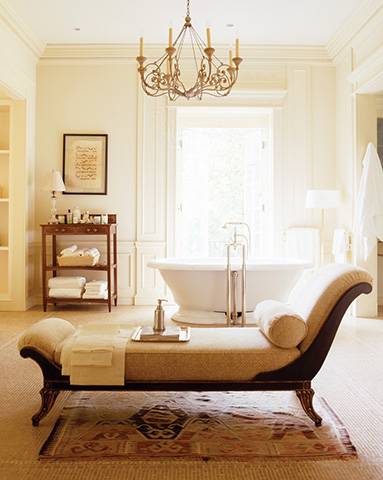This post is for city types who choose to live in the hustle bustle of urban life. We yearn to be close to one another and feel the rhythm of the streets. We want to be right on top of it all, close to our friends, near the energy. If anything, we want a view, we want sunlight and we want location, location, location. Space, we are willing to give away.
Thanks to Apartment Therapy for compiling these ten tips. Here is the starter list for our fellow cliff dwellers.
Ten Tips for Small Spaces
1. Remove your interior doors (use curtains instead on closets and doors).
2. Replace your big refrigerator with a smaller, undercounter model. It’s more than enough room.
3. Treat yourself to a really good small vacuum (we heart Meile).
4. Use track lighting aimed at walls to free up floor space and create an expansive feeling.
5.Install lighting inside closets so you can see what?s in there. They will be easier to maintain and you will gain the feeling of more space.
6.Clean your windows often so that more light comes in and your gaze is not blocked.
7.Buy really good cookware, tableware and linens (small luxuries go a long way).
8.Go wireless and transfer all your music to your computer. Sell all your CD’s!.
9. Use full spectrum light bulbs to energize and enliven your home.
10. Have lots of dinner parties. People socialize better in small spaces and social homes are better kept up.
Send your comments with your ideas to expand a small spaces.


